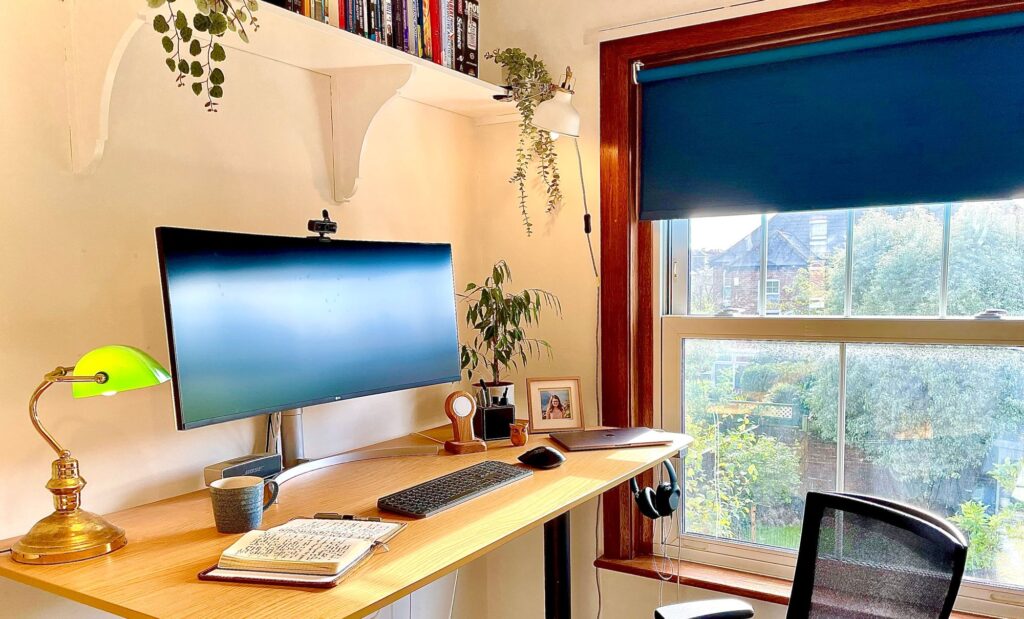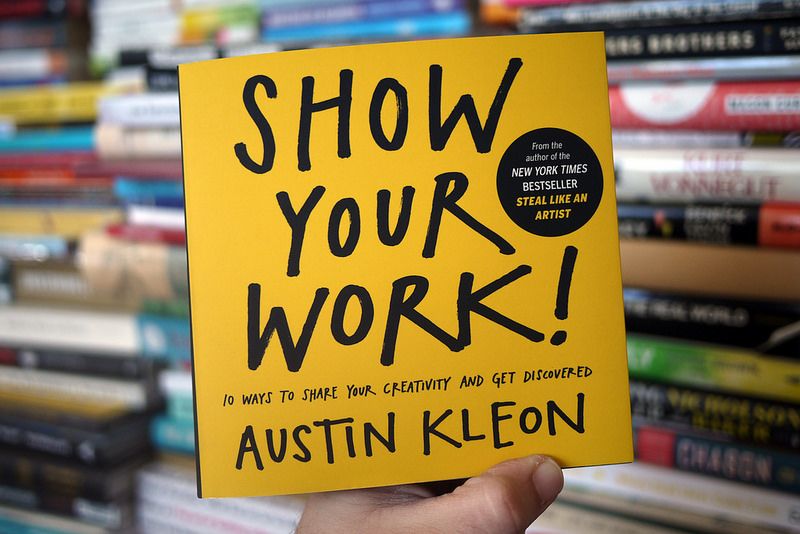Since the beginning of 2020, the global workforce has undergone a seismic transition away from the office, towards a flexible, hybrid-working model. And the question that we’d all been asking is answered: for many of us, hybrid working is here to stay.
I for one had never worked a day at home until the pandemic, but have now adjusted my weekly routines to accommodate a hybrid approach, and it’s working like a charm. But if there was one major aspect of this working pattern that required a lot of time, thought and financial investment to create, it’s my home working environment.
I’m not going to waste your time – or mine – with a lengthy discussion of the journey, but I have spent the last few weeks assembling all the key principles which I’ve identified while working from home and have described them below.
The key thing to remember is that creating your own home working environment is a journey, not an event, and it’s unique to you. But I do hope this framework provides a helpful baseline for a great home working environment, as you continue creating on yours.
The Blueprint for a Productive Environment
Workspace
- Chose a large, stable standing desk to improve posture, movement and comfort. Ensure the height of the top of your desk it just below elbow height, whether stood up or seated.
- Position your desk adjacent to windows. Having windows behind you will result in distracting screen glare and having windows in front of you may cause you to get distracted.
- Position your desk adjacent to the door. This will limit distraction but also stop you getting surprised by people entering the room behind you without you realising.
- Do not store many items on your desk. Use drawers underneath or beside your desk to store stationary, accessories and documents. A small stationary holder can help to keep a small number of stationary items tidy, if they are in daily use.
- Have a small number of personal items on your desk, such as a photo, ornament or plant, but ensure they are not distracting.
- Ensure you don’t have any distractions in your primary field of vision. When you’re looking at your monitor or workspace, ensure you don’t have any other devices which could interrupt you in your state of flow with unwelcome notifications.
Processes
- Remove friction in your day to day processes wherever possible. Make it easy to get logged in, set up, in the right head-space and focussing on your most important tasks, quickly. Act fast to remove impediments to getting important stuff done.
- Go paperless by using document scanning apps and well-organised cloud storage (such as Google Drive). This reduces clutter, printing costs and your impact on the environment.
- Have a place for everything. If something’s left out for more than 2 days, think about how to reconfigure your office to find a place for it.
- Turn off all non-essential notifications on your devices, especially your phone.
Seating
- Use a fully-adjustable desk chair. Configure so that your feet can comfortably rest flat on the floor, the back-rest is in an up-right position with suitable lumbar support for your lower back, and adjust the desk height so that it is just beneath the resting height of your elbows.
- Stand for at least 4 hours during the working day, while at your desk.
- Create a small no-tech break-out space for reading, studying, journaling, prayer, meditation, writing, drawing or doing craft. This can really help with focussing on certain tasks as part of your personal or professional routines.
Lighting
- Ensure your desk and room are well lit, including the wall behind your monitor. This reduces eye strain while looking at your monitor, and helps to keep you focussed and alert.
- Consider using smart lights throughout your workspace, such as Philips Hue bulbs. Pre-configure these to emit cool bright light during the working day, and fade to a warmer red towards the end of the day.
- Consider the positioning of light sources, such as a task lamp on your desk, a monitor light bar for evening work, diffuse lighting to brighten dark corners, and as much natural light as possible. Aim for at least 3 main sources of light.
Tech
- Ensure you have plenty of screen space. I personally use a single 38″ ultra-wide monitor for its simplicity and versatility, however others prefer a dual-monitor setup. I’d suggest that for most people, using the largest monitor you’re comfortable with will give you the most flexibility.
- Use a high-quality wireless and ergonomic keyboard and mouse. I use the Logitech MX Keys and MX Master 3 combo, which would be ideal for most people.
- Use a one-cable plug-and-play setup, enabling you to connect a single USB-C cable to your laptop to connect it to your monitor, speakers, keyboard, mouse and webcam. This can be achieved by using an external USB-C hub or a monitor with an integrated hub. This makes it easy to move your laptop to and from other work locations without a time-intensive setup each day.
- Use an external webcam positioned above your main monitor. You should always be looking towards the camera when on video calls.
- Don’t bother with Bluetooth headphones for work – they’re more hassle than they’re worth. Get a comfortable pair of “conferencing” headphones, such as the Jabra Evolve2, with an extendable microphone. Sounding clear on conference calls is a must.
- Use another high-quality noise-cancelling “focus” headphones to help limit distractions, help you focus, listen to music and enjoy the working experience as much as possible. Normally, this will need to be a different pair to your conferencing headphones, although there are some that will do both jobs well, such as the SteelSeries Arctis 9’s.
Resources
- Surround yourself with all the resources you need to do your work. Ensure you have reference books, documentation, files and tooling to-hand.
- Use a large magnetic whiteboard (or two) to organise your most important daily tasks, monthly goals, roadmap and habit tracker etc.
- Attach important documents, motivational notes, routines or other regularly-used reference material to your wall, corkboard or magnetic whiteboard.
- Find space for a safe to store important documents, cash and other valuables. Ideally keep it hidden out of sight and ensure it’s bolted to the wall.
Design
- Furnish your office with lots of plants. They don’t all need to be real plants, but they add a beautiful freshness and texture to the space, helping it to be a pleasant and enjoyable place to be.
- Furnish the room with pictures that mean something to you, such as family photos, your favourite paintings, or cards or other items which your children or relatives have made.
- Chose lots of neutral colours, but ideally with some variety and a possibly a darker feature wall.
- Ensure you have plenty of storage space, including shelving for books and files.
This is very a much a work-in-progress for me and I’ll update this blueprint as I make changes to my own work-from-home setup.
I’d be interested to hear from your as to what I’ve forgotten from this list.


